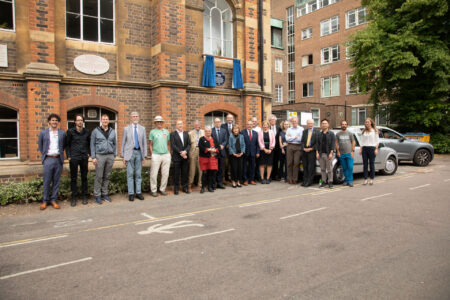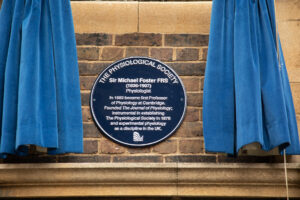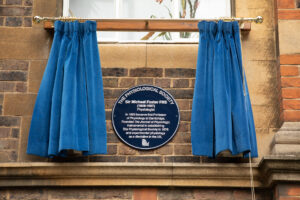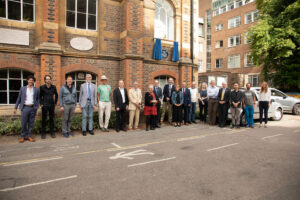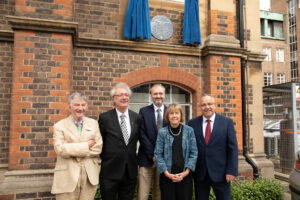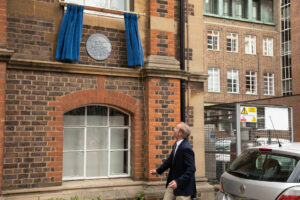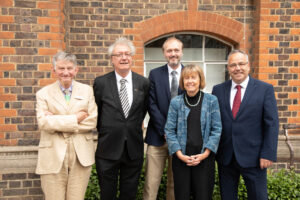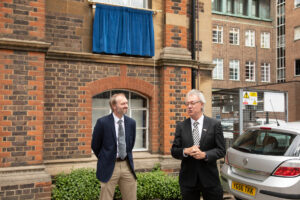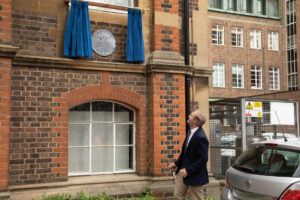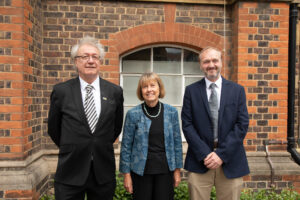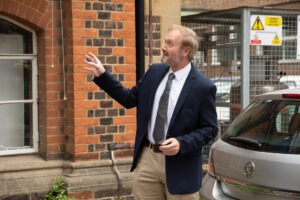The Physiological Society was delighted to unveil a blue plaque to celebrate Professor Sir Michael Foster (1836-1907), who was influential in elevating the status of physiology, and revolutionised physiological research and teaching. The plaque was unveiled by Professor Bill Colledge, the joint Head of the Department of Physiology, Development and Neuroscience at the University of Cambridge, UK and is positioned at the Physiology Building at the University of Cambridge.
Foster was one of 19 physiologists who gathered at the house of John Burdon on March 1876 to form The Physiological Society for ‘promoting the advancement of physiology and facilitating the intercourse between physiologists’. In 1878, he founded The Journal of Physiology, which has published ground-breaking discoveries and the research of Nobel Prize winners.
After a few years of practising medicine as a doctor, Foster switched to a career as a scientist and educator. The transition was initiated by his former teacher, Professor William Sharpey, who invited Foster to give a practical course in physiology at University College London. Foster went on to develop and lead a course in physiology at the University of Cambridge, recommended for the position by Professor Thomas Henry Huxley. To have a course dedicated to physiology was itself innovative at the time, as physiology had been deemed as a supplement for the study of human anatomy.
In his role as Praelector in Physiology at Trinity College, and later as Chair of Physiology at the University of Cambridge, Foster began a new era where physiology was learnt through experimentation. His course at the university involved a laboratory programme that complimented his lectures. By 1914, the Biological School of Cambridge was established and became one of the best centres of physiological research in the world.
Foster excelled at teaching, inspiring his students to devote their lives to physiology. His pupils included the following famous physiologists, Walter Holbrook Gaskell, John Newport Langley, Albert George Dew-Smith and Sir Charles Scott Sherrington who went on to win the Nobel Prize in 1932. Foster wrote the ‘Textbook of Physiology’, which was published in 1877. It was recognised for its superior quality compared to other texts and became a standard work.
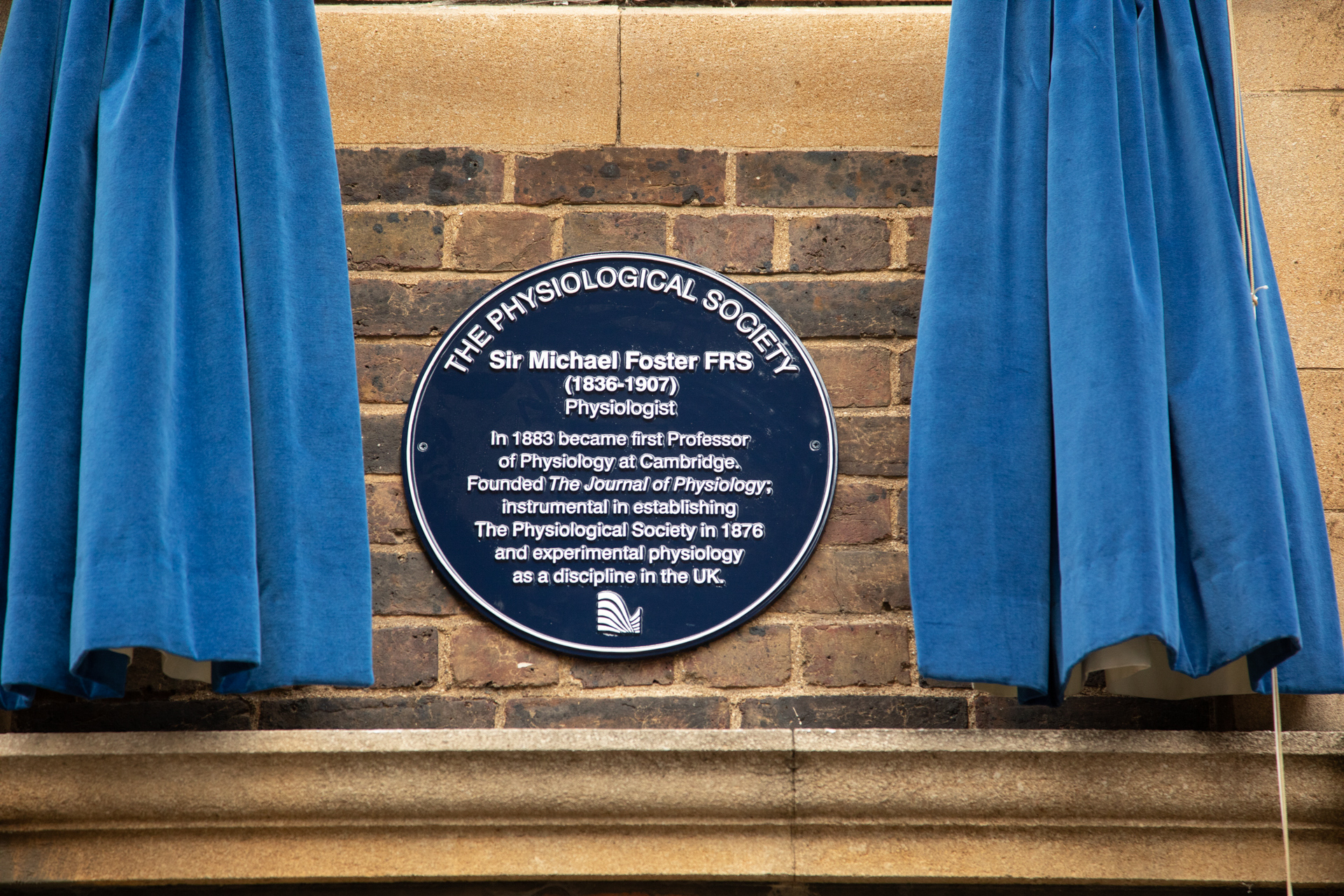
Professor Matthew Mason, Professor of Comparative Physiology, University of Cambridge, said:
“Michael Foster was instrumental in establishing experimental physiology as a discipline in Britain. He had a profound role in inspiring and encouraging the careers of many great scientists, whose research would come to eclipse his own. The first Professor of Physiology in Cambridge, Foster also founded The Journal of Physiology and helped to establish The Physiological Society.”
Professor David Paterson, President of the Physiological Society, said:
“We are honoured to be in Cambridge to unveil this plaque to celebrate Professor Sir Michael Foster, one of founders of The Society and its prestigious journal The Journal of Physiology, which continues to advance our knowledge of physiology since Foster founded it in 1878.
“This is the thirteenth unveiling in The Physiological Society’s Blue Plaque scheme which is intended to raise the visibility of physiology and give the wider public an insight into the positive role that ‘the science of life’ plays in their everyday lives. We hope that these plaques will spark curiosity and help inspire new generations to get involved in the physiological sciences.”
During the year, The Physiological Society will be unveiling blue plaques at institutions across the UK and Ireland, celebrating and recognising institutions where distinguished physiologists who have made significant contributions to the discipline.
The plaques provide long-term recognition of the impact these scientists and their science has had, and by extension these plaques provide a marker of excellence for the universities that they adorn.

